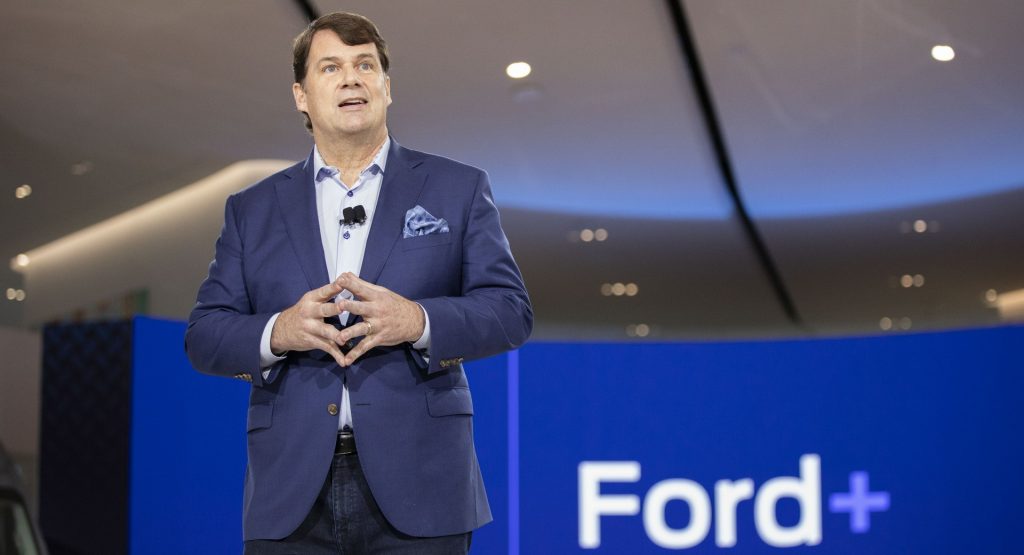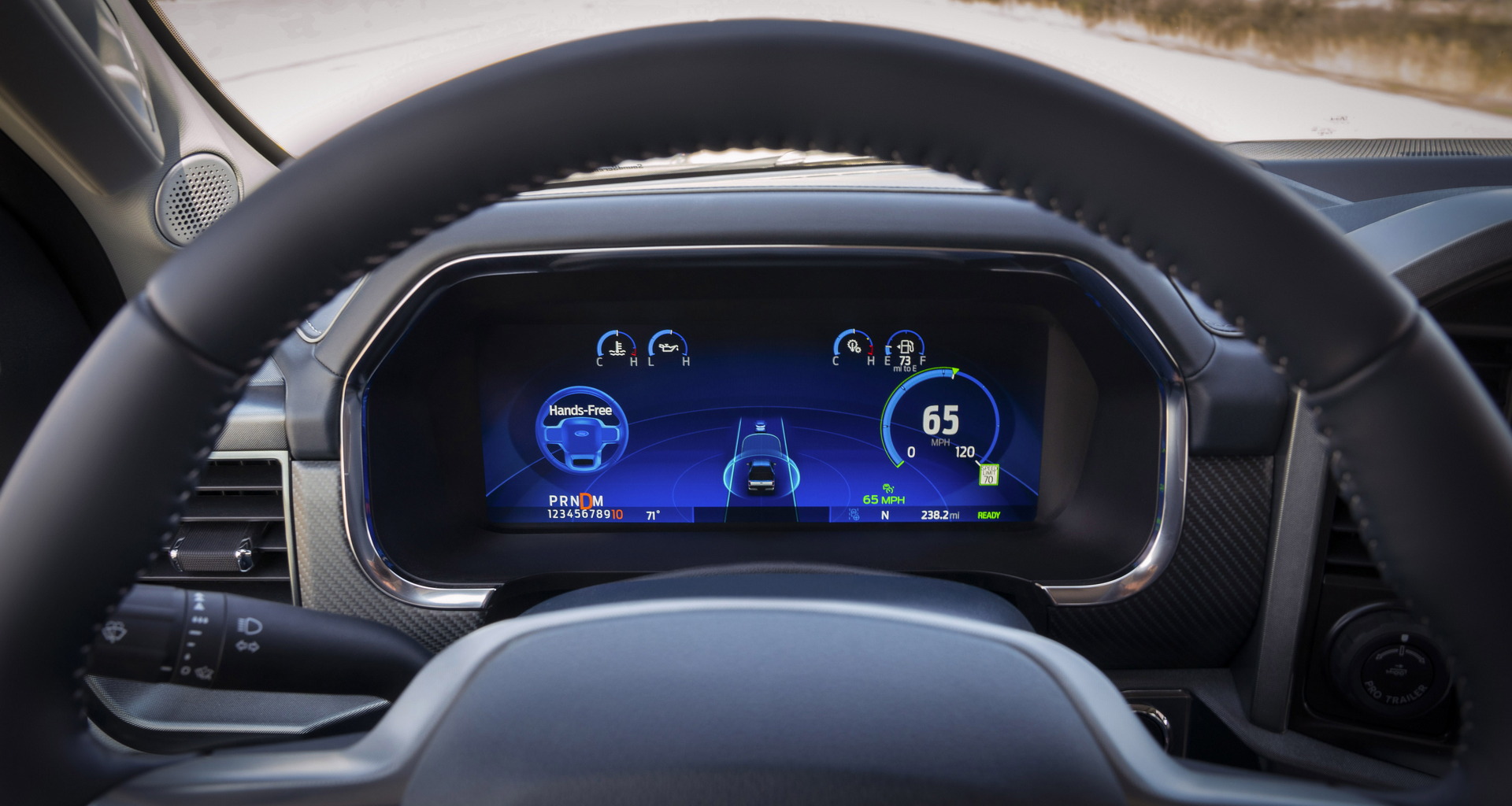Cars are more advanced than ever before thanks to modern technology. With that in mind, Ford’s CEO Jim Farley recently spoke at the 2022 Alliance Bernstein Strategic Decisions Conference and laid out a plan for the brand’s future that includes pricey advanced driver assistance systems along with other products. It’s just one piece of the goal to reach $20 billion in revenue by 2030.
First spotted by FordAuthority, Farley’s comments make it clear that Ford doesn’t intend to sit back and let other automakers innovate in the space. Ford wants to innovate through its over-the-air software capability called Ford Pro and Ford Pro Commercial.
Many of the features it’s planning to monetize are advanced driver assistance features like BlueCruise and ActiveGlide which allow the driver to be less physically active behind the wheel. Farley wants to incorporate autonomous features not yet released too.
Read Also: So Much For Ford’s Warning To Dealers Warning Against Ridiculous F-150 Lightning Price Markups
“I think this is the biggest, most exciting kind of land grab of revenue in our industry since the Model T… I really believe that… we used to use our phones to make a call and then the embedded systems got put in place and the sensor set, and all that software allowed those devices to not be used just for calls,” said Farley.
His belief is that cars are about to experience the same technological paradigm shift. “That’s about to happen in our industry. When I see the pricing power for ADAS, not just at Tesla, but all of us have incredible… it feels like that’s the first shippable software that we could send to a car that customers are really willing to pay a lot of money for.”
It’s important to note that Farley isn’t talking about a fairly small monthly fee here either. He’s not even alluding to something like Tesla’s monthly FSD subscription which costs either $99 or $199. Instead, Farley thinks that the brand can charge considerably more.
“If we can get people to fall asleep in their car, give them 45 minutes back on their commute, they can go to work 45 minutes later, they can go home 45 minutes earlier. It won’t be $5,000. It’ll be tens of thousands of dollars. And so we’re about to change the ride, just like Apple and all the smartphone companies changed the call. And I believe when that happens, when you can ship a lot of software to the car and you have great sensors, really change that experience and be a lot more productive, there will be a large revenue expansion,” he said.
While it’s great to have the option to add a feature after the initial purchase, the plan could ultimately spell larger costs to the consumer. For example, there have been instances of Tesla removing features from cars sold second-hand because the new owner didn’t pay for them.
Of course, many companies require you to pay for these options up front right now so perhaps there’s not much to worry about. How do you feel about the features mentioned above? Would you be willing to pay a substantial amount of money for the freedom to nap on your commute every day?










